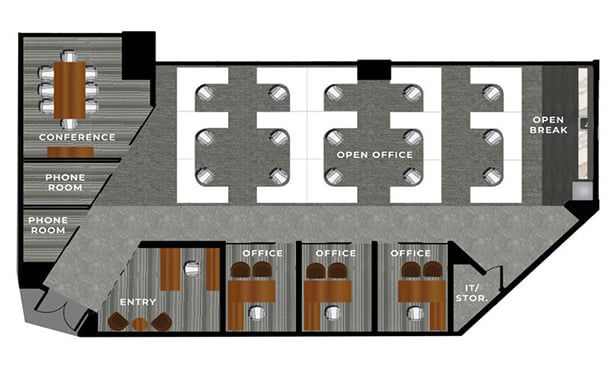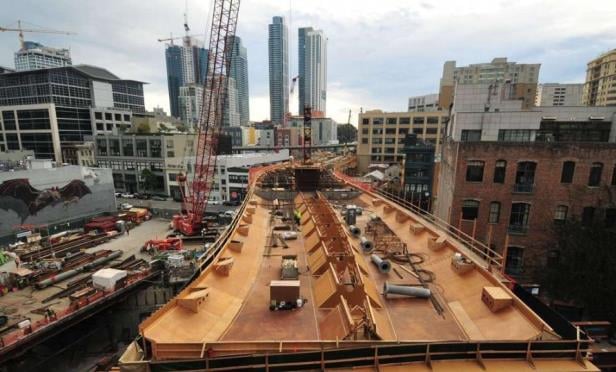PHOENIX—If you want to gauge how much construction is really taking place, count the cranes. That's what Rider Levett Bucknall is doing with the launch of its North American RLB Crane Index. The new report measures construction activity in major cities across North America. The verdict of the inaugural edition: more cranes are on the horizon, and therefore so is the prospect of further growth.
“Unlike other forms of data, cranes are observable and recognizable icons of major construction activity,” says Julian Anderson, president of Rider Levett Bucknall North America. “Therefore, they are an extremely useful measure of the changing pace of the construction industry.”
The inaugural edition of the Crane Index tracks the number of fixed cranes on construction sites in Boston, Chicago, Denver, Honolulu, Los Angeles, New York City, Phoenix, San Francisco and Seattle. Additional cities, including Washington, DC, will be added in future editions.
On what is sometimes an anecdotal basis, residential construction, and specifically rental and for-sale apartments, has been viewed as the leader in development. RLB's index, based on counts taken this past August 1 and again on Nov. 1, suggests that this indeed the case, while commercial, healthcare, hospitality and education sectors have also started to see increases in crane activity.
Specifically, the index finds that multifamily development is responsible for the majority of tower cranes now in use in Boston, Chicago, Denver, Honolulu, Los Angeles, New York and Seattle. “Denver's residential market is booming with approximately 92% of their cranes disbursed amongst residential/mixed-use residential projects,” according to the index. “Honolulu's residential cranes are also leading the counts at nearly 53%, while Seattle is also seeing a large increase with 50% of their cranes on residential projects.” In Downtown Los Angeles, meanwhile, cranes have made their first appearance at apartment construction sites since the downturn.
RLB predicts that multifamily will continue to dominate New York City construction for the foreseeable future, “with the demand for higher quality, luxury apartments continuing to grow. Leading the way in these sought-after developments is Hudson Yards. Outside the residential sector, “office buildings and hotels are also likely to see positive growth,” according to the index.
In Phoenix and San Francisco, RLB says that commercial and mixed-use projects have been the largest contributors to overall crane counts. For San Francisco in particular, RLB says, construction activity continues to rise across all market sectors “with no sign of slowing down. Commercial office projects driven by the technology sector are currently climbing into the skyline, while proposed office projects exceed the city's capacity for allowable office space usage five-fold.”
The findings of the inaugural index indicate that “residential developments are driving growth across the US,” Anderson says. “We expect that this growth—which includes redevelopment, renovation, and expansion projects—will continue to increase throughout 2015.”
RLB initiated the crane index in its native Australia in 2012; the index was recently cited at the G20 conference in Brisbane as a key construction industry indicator. The global property and construction consulting firm added editions for New Zealand, the Middle East and Southern Africa before bringing the index to North America.
© Touchpoint Markets, All Rights Reserved. Request academic re-use from www.copyright.com. All other uses, submit a request to [email protected]. For more inforrmation visit Asset & Logo Licensing.







